Getting it right when it comes to the precise number of backlinks is a difficult task. However, striking the right balance when it comes to your SEO game is key to being noticed by search engines. This article isn’t just about numbers, but also serves to empower you to navigate the world of SEO confidently, equipped with a complete understanding of backlink placement.
This guide serves to help website owners, SEO specialists and digital marketers to dispel the myth that a specific count guarantees top search results. Here at Serpzilla, we aim to equip you with the knowledge to go forth into the world of SEO, understanding the balance between quality and quantity. Unravel the relationship between strategic backlink acquisition and your website’s position within search rankings.
Is it Possible to Rank Without Backlinks?
Of course, backlinks hold huge importance in the world of SEO strategy, serving as an easy metric for search engine visibility. However, we rarely stop and think whether a website can actually secure a prominent ranking without them. The answer here depends on a number of crucial factors.
It’s true that some websites manage to create a niche without backlinks, usually in less competitive areas or when targeting specific, long-tail keywords. It’s important to note that search engines, particularly Google, pride themselves on their ability to judge content quality and relevance, offering genuinely valuable and optimized content the chance at high rankings, even without the support of backlinks.
However, for the vast majority of websites, especially in more competitive niche – backlinks will almost certainly play a key role. Therefore, their importance shouldn’t be understated, helping boost your content’s authority, credibility, and overall value.
Whilst it may be plausible to ascend in rankings without the use of backlinks, they will almost likely form the basis of your SEO strategy. Now consider those high-stakes, fiercely contested keywords – this is when backlinks will be key to boosting you in search engine rankings.
Top Factors That Affect the Number of Backlinks You Need To Build
Determining the optimal number of backlinks that are required to enhance your rankings involves understanding several essential factors that can diversify your website’s visibility beyond competitors. These factors should form the backbone of your SEO strategy and propel your website towards search engine success.
Niche Popularity and Keyword Difficulty
Competitiveness varies across chosen niches – if you choose finance or health, be ready to scale the rankings alongside an army of high-quality backlinks. Additionally, keyword difficulty can serve as a guiding metric, creating opportunities for utilization of specific keywords. Think of it like this – the higher the difficult, the more need for a robust backlink strategy to support you in your climb.
Domain Authority (DA)
Serving as a sign of trust for search engine metrics, high domain authority sites hold significant power in boosting your website. This is why websites with a lower DA score may find it difficult to establish themselves without an optimized link profile to contend with established competitors. Boosting your website’s DA through acquiring quality backlinks is key to SEO success – check out Serpzilla’s guide on domain authority here.
On-Page SEO
Although it may be tempting to focus on off-page aspects, on-page SEO similarly commands attention. At the basis of any SEO strategy should be a reminder that content quality, internal linking and impeccable technique form the foundation of a strong online presence. Even with a range of quality backlinks, neglecting on-page factors can be fatal. Also consider factors such as mobile compatibility, page loading and user experience.
And there we have it – a holistic approach becomes necessary, balancing each factor alongside each other and pushing your website into a search engine star!
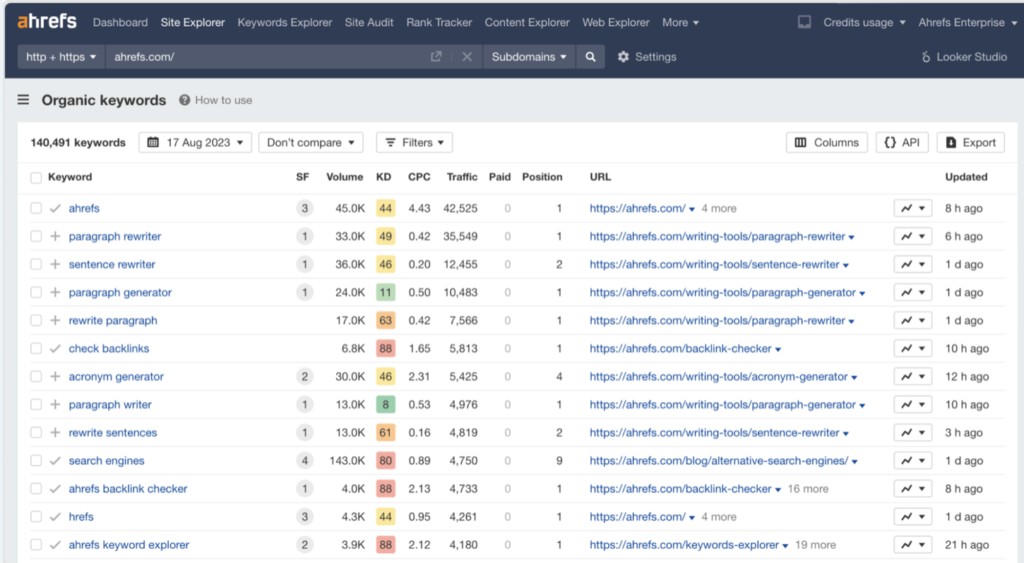
How Many Backlinks Should a Website Have?
Pinpointing the precise number of backlinks for your website isn’t a one-size-fits-all equation. Instead, it’s an intricate dance involving various factors. To estimate your ideal backlink count, consider these steps:
Analyze Niche Competitors
Fully examine the top-ranked websites that are targeting keywords similar to your own. Utilize tools such as Ahrefs or SEMrush to understand their backlink count. Remember, backlinks aren’t just about quantity – quality holds more significance. A single high-quality backlink will naturally outshine many low-quality ones.
Consider Age and Authority
Newer sites, or those with a lower DA score, often have need a denser backlink profile to fully ascend in rankings. Contrarily, as your website matures and holds authority, the need for additional backlinks may lessen.
Keep Up to Date with SEO Goals
Align your backlink strategy and ensure its in-sync with your SEO goals. As aforementioned, highly competitive keywords demand a robust backlink arsenal. Conversely, in less competitive niches, backlinks may not be as necessary.
Proactive Monitoring and Strategy
Understanding SEO isn’t as difficult as it may seem. By being proactive, you can stay ahead. Regularly analyze your backlink profile and adjust strategies as needed. Understand how changes in your backlinks influence rankings and traffic – adapt your approach accordingly.
Remember, there is no ‘magic number’. The correct balance relies on an individual and expert understanding of your niche. Only can an ongoing, strategic approach to backlink building lead to any sort of success, as the world of SEO strategies moves fast.
Assessing Your Current Backlink Profile
Maintaining a proactive stance towards your backlink profile is key to a successful website that resists the test of time. Here’s a quick breakdown of the steps need to assess and optimize your backline strategy, even as search engine metrics progress.
Utilize Available Analytical Tools
Understand how to fully utilize tools such as Ahrefs, Serpzilla or SEMrush to produce and analyze comprehensive insights into factors that make up your SEO profile. These tools can provide insights on crucial metrics, such as DA scores, total backlinks, and referring domains.
Analyze Backlink Quality
Figure out the DA and relevance of domains linking to your site, disavowing any that may prove harmful. Backlinks from high DA, authoritative sources have a significant impact. On the other hand, spammy or inferior link will make a negative dent in your SEO performance.
Assess Link Diversity
Ensure that you have a balanced, diverse backlink profile that encompasses DoFollow and NoFollow links from a varied range of sources. This may be blogs, directories, or even news sites. Diversity in link type ensures that you do not trigger search engine scrutiny.
Disavow Toxic Links
Toxic links from negative sources almost always spell trouble and potentially invite harsh search engine penalties. Tools such as SEMrush offer toxic link detection features for proactive identification and disavowal of these links so that they are no longer a burden for your backlink profile.
Analyze Competitor Profiles
Comparing your backlink portfolio with some of your top competitors can often unveil valuable insights. This form of analysis aids in spotting gaps and opportunities, as well as allowing you to refine your strategy towards success.
Achieving success requires mastering your current backlink profile, empowering strategic decision making about the types and quantities of backlinks you may acquire. This leads to a balanced, targeted, and high-quality backlink strategy that empowers success.
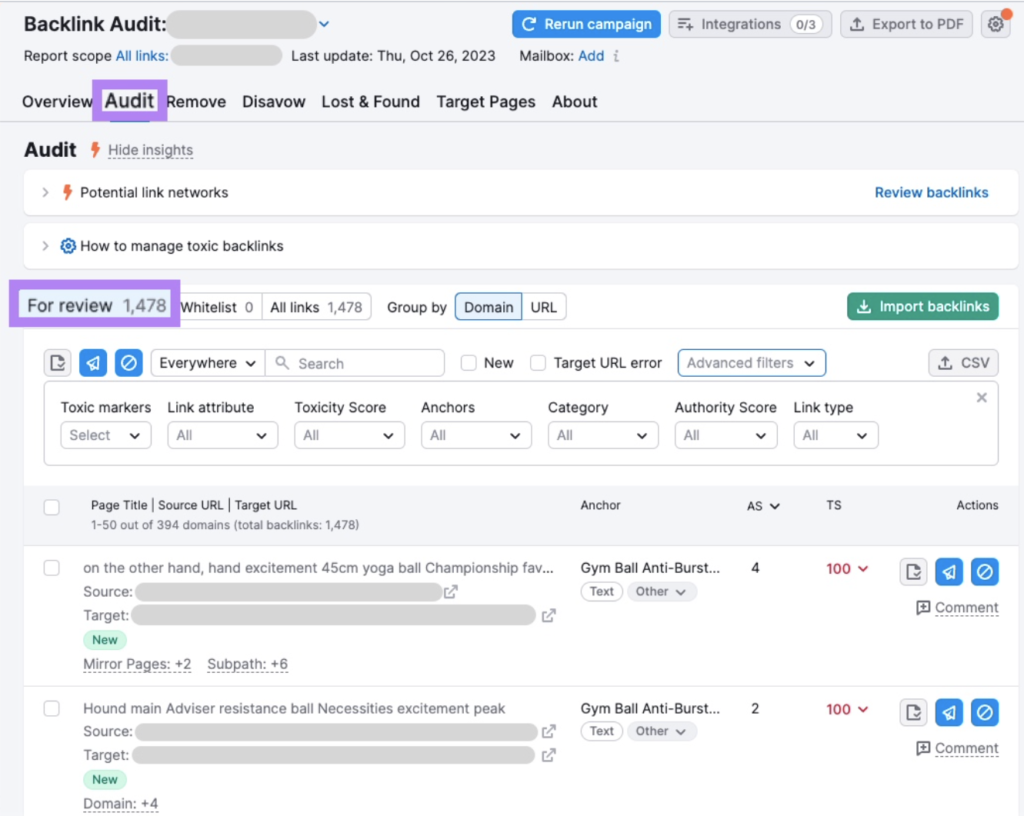
How to Determine the Perfect Number of Backlinks for a Page
Page Identification
- Be sure to properly utilize tools such as Google Search Console or other platforms that can help you to identify pages within your website that already rank prominently in search engine results.
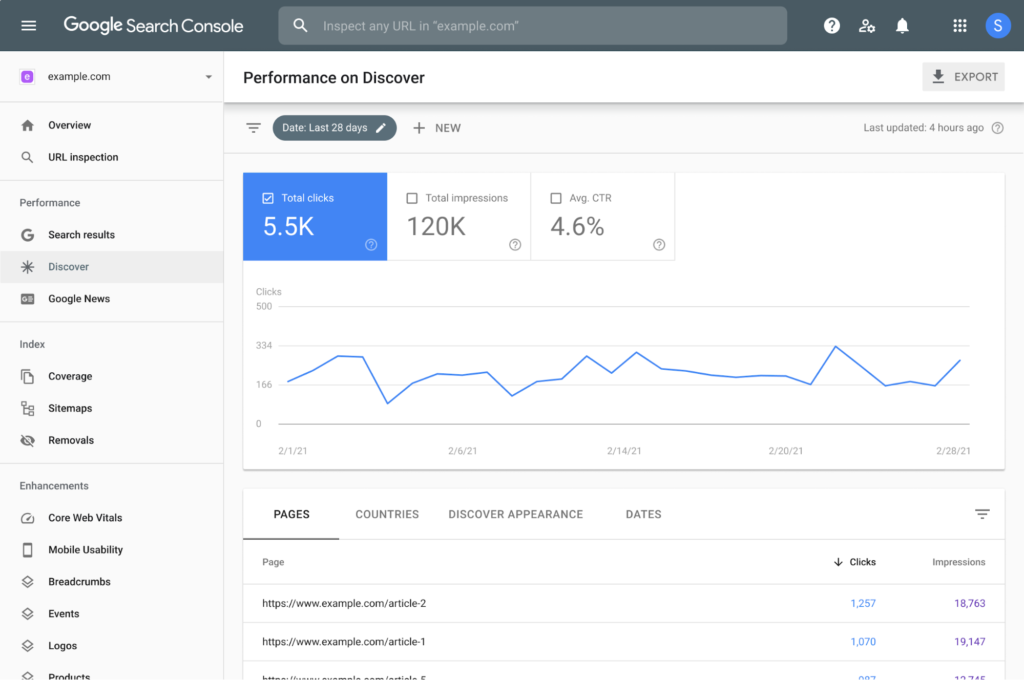
Comparing Competitors:
- Understand which competitor pages rank well and analyze them to understand their metrics.
- Utilize tools such as SEMrush, Ahrefs, or Serpzilla to analyze and compare the backlink profiles of your competitors.
Backlink Gap Analysis:
- Understand how many backlinks your competitors have for certain keywords compared to your own content.
- Understand the gap between your competitors backlink numbers and your own.
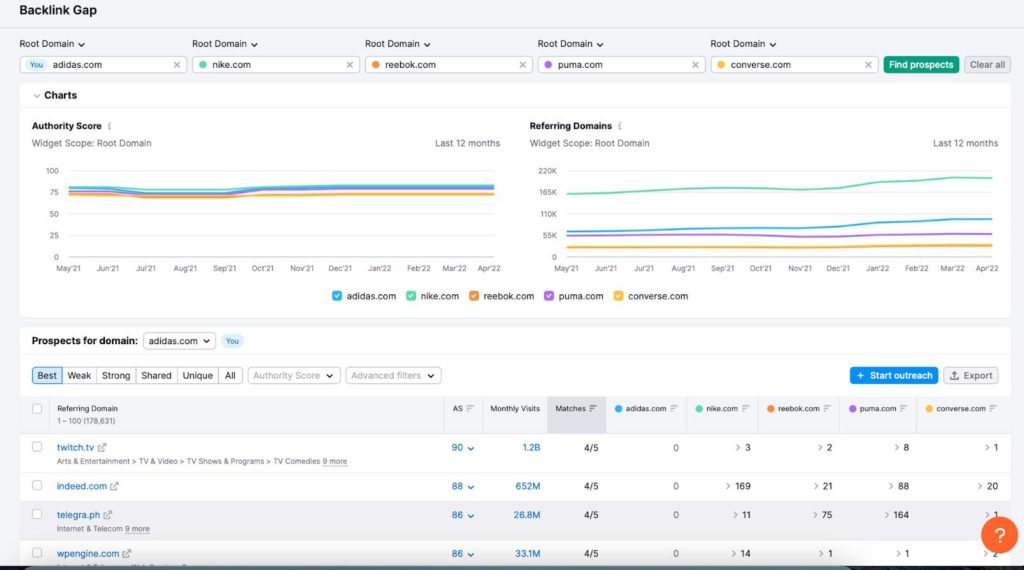
Calculating Missing Backlinks:
- Calculate and quantify the backlinks that your competitors pages have on their high-ranking pages– are they lacking in your own pages?
- Understand the quality, relevance, and authority of these missing backlinks to gauge their potential impact on your page’s SEO efforts.
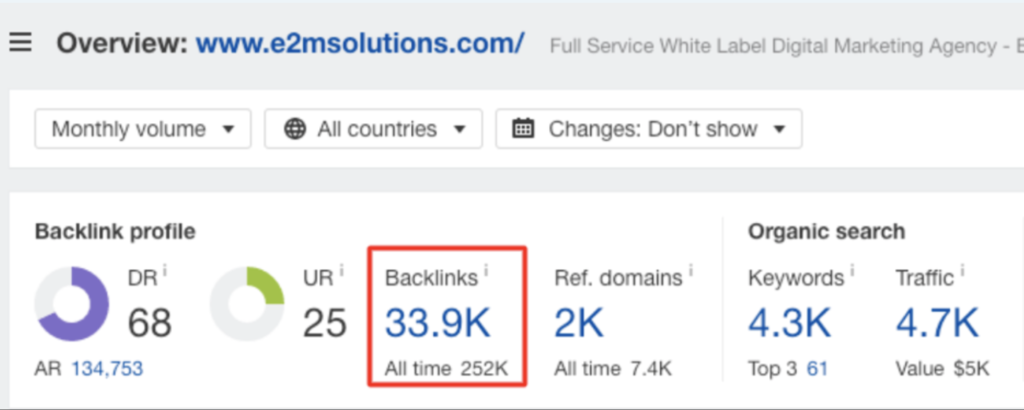
Develop an Action Plan:
- Based on the known backlink gaps, develop a plan to catch-up quickly.
- You should prioritize purchasing high-quality and relevant backlinks that are time-tested in bolstering your page beyond competitors.
Proactive Monitoring and Adjustment:
- Proactively monitor the impact of any backlinks you have acquired – is it having an impact on your page’s ranking and overall visibility?
- Adjust your backlink strategy based on a proactive monitoring of current trends and changes in SEO algorithms.

Achieving algorithmic success involves a systematic comparison of competitors high-ranking pages alongside your own, focusing on understanding and closing in any backlink gaps. By conducting a strategic and targeted analysis, you should aim to optimize your page’s backlink profile for a successful SEO journey.
How Many Backlinks Per Day Is Safe?
Website owners often have concerns over their daily backlink limits, fearing search engine penalties. Yet, search engines lack a set threshold – instead they favor organic growth. This is why quickly purchasing many low-quality links can trigger suspicion and penalties. Always focus on gradual, quality-driven growth strategies. Try to have a few high-quality, contextually relevant backlinks daily. Prioritize an organic, steady approach.
Do’s and Don’ts Regarding Daily Backlink Acquisition
Do:
- Balanced Link Acquisition: Focus on a balanced approach by only purchasing reasonable quantities of high-quality, relevant backlinks on a daily basis.
- Emphasize Quality: Always prioritize quality over quantity with backlinks. Focus on high-quality backlinks from reputable sources.
- Gradual Growth: Gradual, organic growth is key to a successful strategy. Gain a few high-quality backlinks every day to simulate a more organic approach.
Don’t:
- Avoid Sudden Spikes: Where possible, avoid surges in backlinks over a short period of time. This type of pattern usually leads to search engine penalties.
- Avoid Manipulation: Avoid purchasing any links in build, as well as manipulative link schemes. This type of tactic will always result in a penalty.
- Maintain Backlink Quality: Quality always comes before quantity! Any backlinks from spammy or unreliable sources will negatively impact your credibility.
- Prevent Over-Optimization: Avoid excessive use of keywords or over-optimizing anchor text in backlinks. Maintaining a natural diversity in anchor text is essential for an organic backlink profile.
Maintaining a balanced, structured approach to your daily backlink strategy is essential. By prioritizing quality, gradual growth and avoiding manipulative tactics, you will avoid negative impacts to your backlink profile.
Boost your SEO results! Link building has become fast and easy with Serpzilla. Buy quality backlinks on authority websites with high DR.

Summary
When navigating through backlink acquisition, website owners tend to face concerns over the limit of backlinks purchased in a day. Whilst search engines lack concrete limits, a focus should still be placed on the acquiring of high-quality backlinks. Prioritize organic growth and avoid manipulative tactics! The focus, as always, remains on organic growth and sustained SEO success.
At Serpzilla, we excel in delivering high-quality, contextually relevant backlinks that can align with a strong and organic profile. By only providing links from reputable, high-quality sources, we ensure a gradual, natural link purchasing process, focusing on authenticity. Such an approach safeguards you on a journey towards boosting your SEO game.









